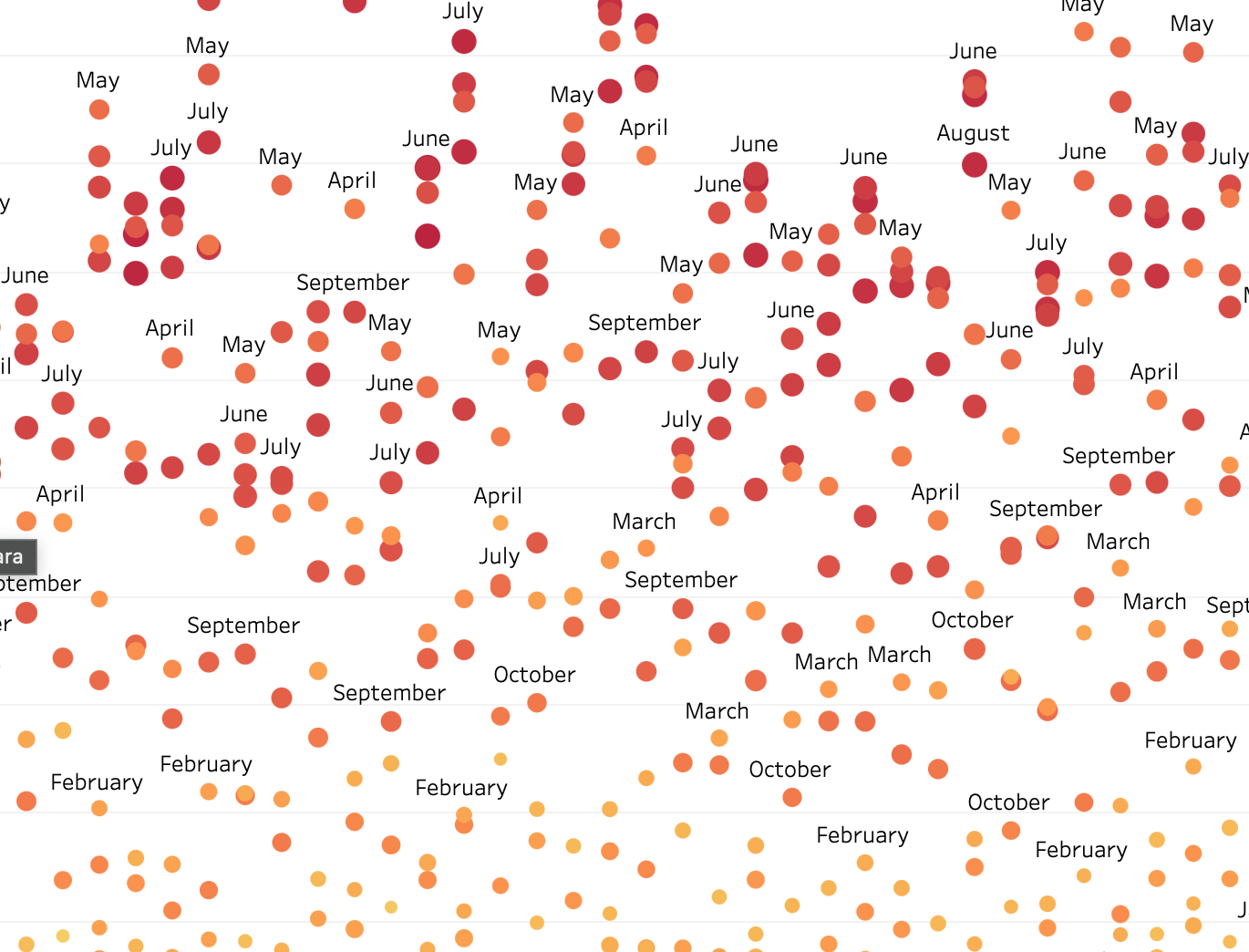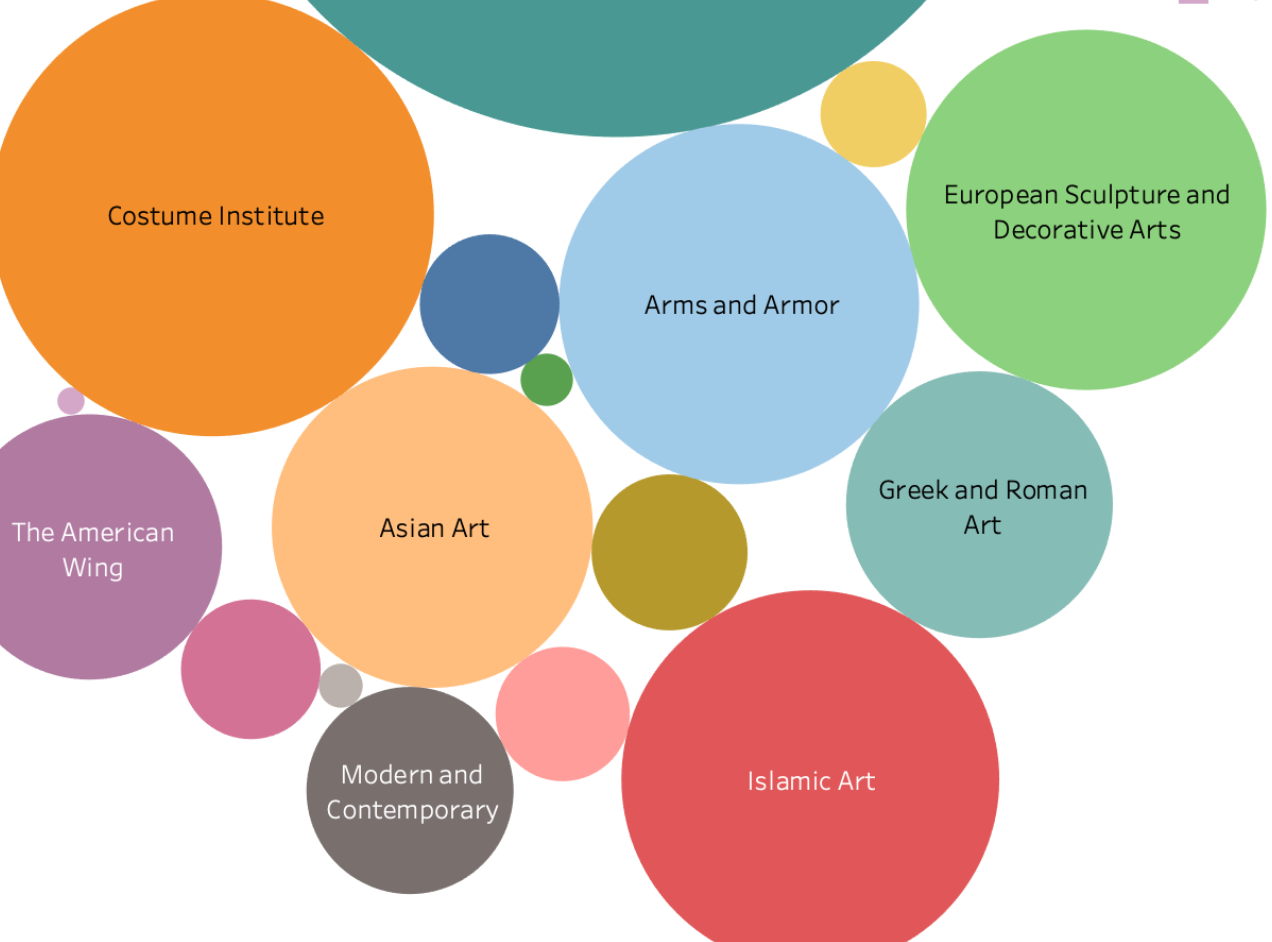Digital Humanities Portfolio
Spring 2024
Modernity and the Lives of the Historic Broadway Theaters
Project Contributors
N. Hayes, D. Lee, R. Lim, S. Luong, P. Santachiara, H. Stocco, I. Zuberi
Class
DIGHUM299 Architectural Reconstruction on Broadway
Quarter
Winter 2024
Instructor
Anthony Caldwell
A Tourist Guide to United Kingdom Weather for Plutonians
Project Contributors
Pietro Santachiara
Class
INFSTD180 History and Practice of Information Visualization
Quarter
Fall 2021
Instructor
Johanna Drucker
Art, History, and Leadership: Uncovering Stories in The Metropolitan Museum of Art’s Collection
Project Contributors
Madison Faulis, Jarett Hartman, Jade Levandofsky, and Pietro Santachiara
Class
INFSTD289 Community Data Description
Quarter
Winter 2021
Instructor
Tim Gallati
Museum Acquisitions and Collection Development: an Analysis
of The Museum of Modern Art Open Data
Project Contributors
Pietro Santachiara
Class
DIGHUM201 Introduction to Digital Humanities
Quarter
Fall 2021
Instructor
Miriam Posner
Power of the People: Mapping Mobilization in Venezuela,
China, and France
Project Contributors
Katie Huang, Josh Mimura, Pietro Santachiara, Kedaar Sridhar, Tianrui Xu
Class
DIGHUM250 Digital Mapping and Critical GIS
Quarter
Fall 2020
Instructor
Wendy Perla Kurtz
Intellectual Statement and Future Direction
I joined the PhD program in Information Studies at UCLA with a MSc in Communication (Technology-Enhanced Communication for Cultural Heritage) and more than ten years of professional experience spent relatively evenly between communications and museum industries. My research interest had to do with bringing Linked Data to museum digital collections, and create a unified, interoperable, global cultural heritage collection. I soon realized that the project I wanted to pursue brought about certain entailments that made it problematic in numerous ways, the most important of which had to do with the hegemonic power dynamics that characterize Linked Data as a model. This realization made me skeptical of the model, and thus instigated a new interest in finding alternative ways through which heterogeneous digital collections may be made to be interoperable—the problem Linked Data proposes to solve—while respecting the cultural specificities from which the original data structures and classification schemes originate—something Linked Data makes no provisions for. This newfound critical approach to my doctoral work in turn affected the way in which I begun to engage data and data-centric projects, and is the lens I have applied to the work I have carried out within the Digital Humanities program.
In large part, the main aspect I have concentrated on has been data visualization, beginning with Critical Mapping, and moving to museum collections, and DTLA Theaters. Some of the questions which have persisted across projects have had to do challenging conventions, and making evident that which is not—through data, and in data. The tools I have been exposed to span from specialized mapping software, such as ArcGIS, QGIS, and Carto; to more general data visualization packages such as Tableau, RAWGraphs; and storytelling platforms such as Storymaps and Flourish. The use of these kinds of products, as well as analyses, have consistently been preceded and supported by data cleaning processes, which I carried out through a mix of software consisting of Microsoft Excel, OpenRefine, and Python.
The projects I have engaged have offered interesting opportunities not only to experience the various practices that populate data science as both a field and a profession, but also to complicate my approach to data as entities leveraged by the Digital Humanities. The definitions of both terms have evolved dramatically in recent years, as more critical research has been carried out in various academic fields. That of Digital Humanities as the application of data-centric methods to the studies of humanities corpora has been replaced by a multitude of other definitions which attempt to encompass the various ways that exist of thinking of this still relatively nascent field. Whilst arguably not new, https://whatisdigitalhumanities.com/ continues to resonate as a relevant project to this effect. The largely outdated initial definition of Digital Humanities provided above may however serve as a fruitful point of departure when reflecting on the best direction the field may take in both short and long term—one in which the digital is not brought to bear onto the humanities, but conversely, one in which the humanities are leveraged to understand the digital, and specifically, data practices. This is the intellectual context I hope will continue to grow, and within which I intend to place my contribution as a scholar.




